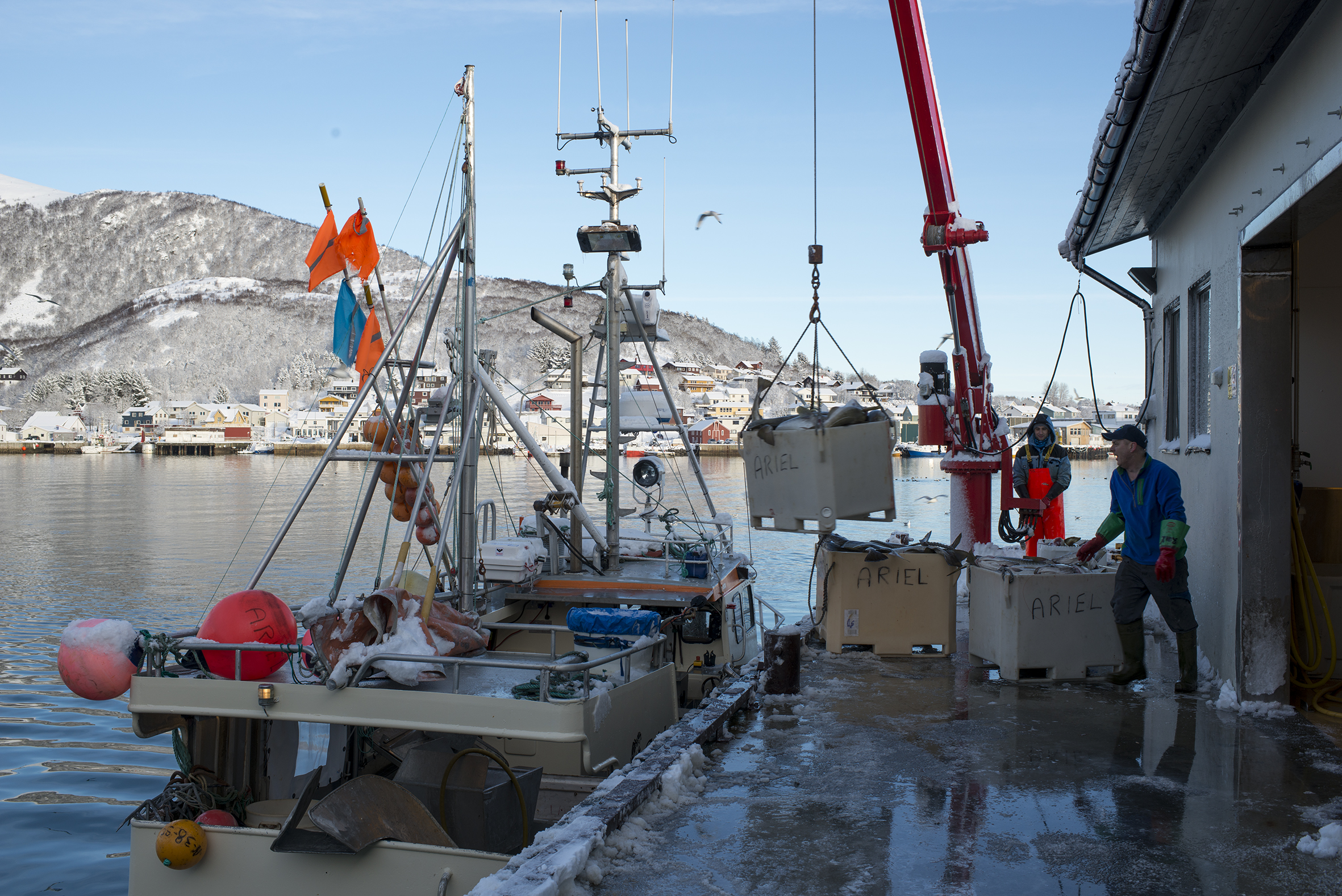This text is excerpted and rewritten from Karl Otto Ellefsen and Tarald Lundevall, North Atlantic Coast (Oslo: Pax Forlag, 2019).
Overgrowth is a collaboration between e-flux Architecture and the Oslo Architecture Triennale within the context of its 2019 edition.
© 2019 e-flux and the author
